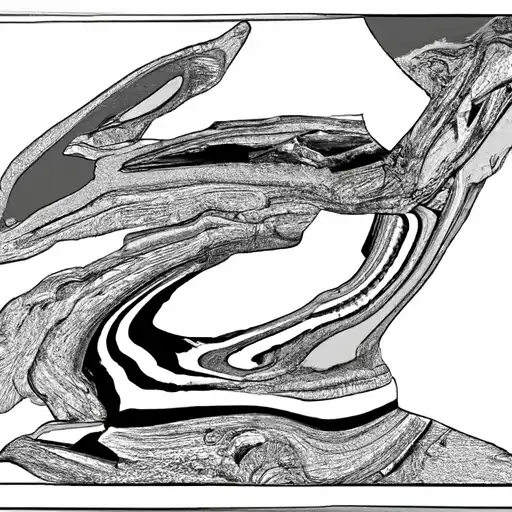
Sculpture and Engraving in the Islands of Tahiti
Sculpture and Engraving in the Islands of Tahiti: A Deep Dive into Polynesian Art
When we mention the Polynesian Islands, most people’s minds drift off to tranquil beaches, crystal-clear waters, and lush palm groves. However, the islands of Tahiti offers a more vibrant side that goes far beyond their natural beauty — a rich and significant cultural heritage evident in their traditional sculpture and engraving.
A Legacy Left in Stone and Wood
Sculpture and engraving are deeply rooted in the islands of Tahiti’s culture, originating from ancient Polynesian ancestors. The Marae, a sacred temple or meeting place, is one of the most iconic symbols of Tahitian cultural heritage. It comprises large, upright stone sculptures that are symbols of ancestral power and the sacred.
In addition, around the islands, you can find petroglyphs — a form of rock art — that have a significant educational and spiritual value for the Tahitian people. These engravings are a testament to the early Tahitians’ advanced abstract thinking and profound connection with nature and spirituality.
The Traditional Technique
Tahitian engravers use a technique derived from their ancestors, where they carve intricate patterns and figurative forms onto various materials like shell, bone, and pearl, using a mallet and chisel. The engravings often depict elements such as turtles, tiki faces, or abstract Polynesian motifs, each telling a unique and richly layered story.
Tiki - An Iconic Symbol
The Tiki is a human-like figure that plays significant roles in Polynesian mythology and is extensively reflected in Tahitian sculpture and engraving. Much more than an art form, these Tiki sculptures are thought to be the embodiment of deified ancestors, carrying with them power and protection. Tourists purchasing Tiki carvings or engravings often do so for their spiritual significance and the compelling tales they represent.
Connection to the Present
Today, Tahitian sculpture and engraving continue to thrive to preserve their heritage, retain their cultural identity, and promote artistic expression. For instance, local artists partake in the Heiva i Tahiti, a vibrant cultural festival featuring traditional music, dance, and artisan crafts.
A Tourist’s Guide
Visitors to the islands can fully immerse themselves in the Polynesian culture through the exploration of sculpture and engraving. The Museum of Tahiti and the Districts is a perfect starting point as it has a dedicated section on Tahitian sculpture. A visit to workshops and local markets also provides a chance to witness and appreciate the intricate work of contemporary Tahitian artisans.
Through this fascinating journey into the world of Tahitian sculpture and engraving, you get to witness (and perhaps bring home) a slice of the vibrant Polynesian heritage and traditions. It is an adventure that leaves you marveling at the richness and depth of Tahiti’s cultural art forms — a bond that ties the past, present, and lengths into the future.
The islands of Tahiti are not just home to breathtaking natural beauty, but by exploring their cultural heritage in the world of sculpture and engraving, you’ll also find them to be a profound testament to human creativity and spirituality over the centuries.
This trip is more than just a vacation; it’s a journey, an immersion, and a deep dive into Polynesian culture. So, pack your bags, open your heart, and get lost in the world of Tahitian sculpture and engraving!